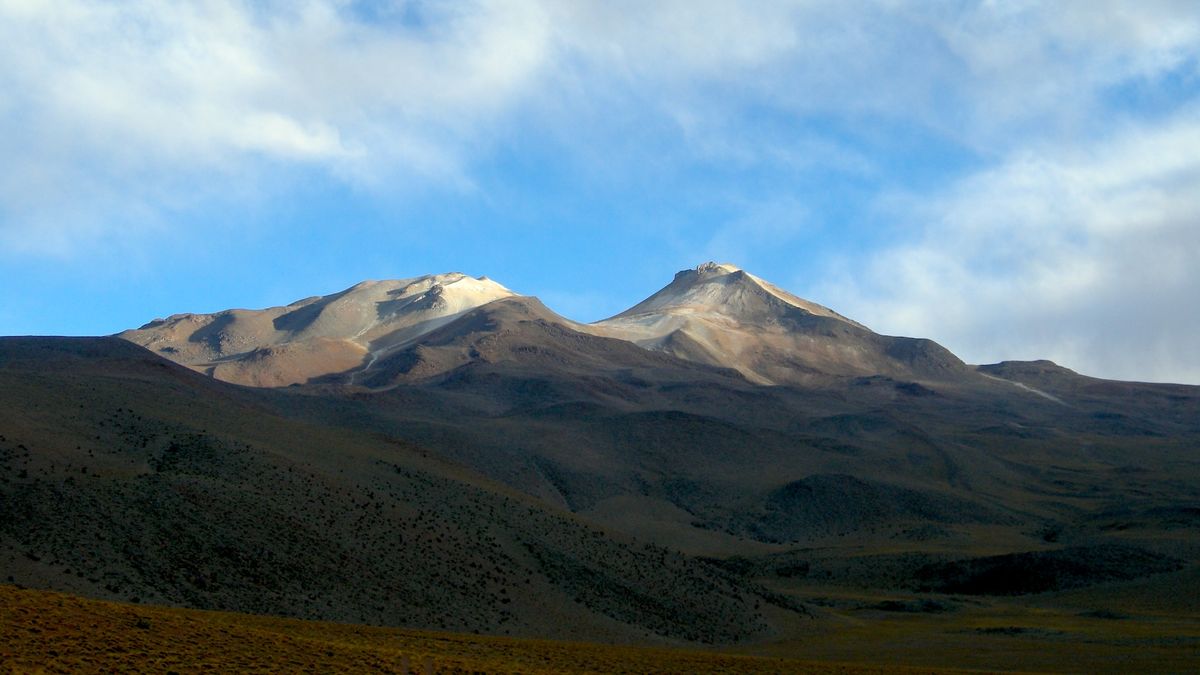Now Reading: Bolivian ‘Zombie’ Volcano Mystery Finally Decoded
-
01
Bolivian ‘Zombie’ Volcano Mystery Finally Decoded
Bolivian ‘Zombie’ Volcano Mystery Finally Decoded

Speedy Summary
- Uturuncu, a dormant volcano in Bolivia that last erupted 250,000 years ago, has been exhibiting unusual activity such as gas release, earthquakes, and ground deformation since the 1990s.
- The volcano is situated above the Altiplano-Puna Magma Body (APMB), a massive underground reservoir extending under Bolivia, Chile, and Argentina.
- New research shows hot fluids and gases are moving upward from the APMB through narrow pathways beneath Uturuncu’s surface.These activities are responsible for observed phenomena like uplifting ground patterns and CO2 emissions.
- Study findings suggest there is no imminent eruption as previously feared; fluid motion rather than magma accumulation explains current activity.
- Researchers believe this revelation can provide insights into predicting eruption risks at other dormant or active “zombie” volcanoes worldwide.
!cerro Uturuncu volcano (Image credit: Jon Blundy, University of Oxford)
!View of Quetena Chico with nearby volcanoes (image credit: Jon Blundy, University of Oxford)
Indian Opinion Analysis
The study on Bolton’s “zombie” Uturuncu provides vital advancements in understanding volcanic behavior without immediate eruption risk signals – a shift from traditional magma-related perspectives to fluid movement analysis offers practical applications for global geohazard monitoring systems including technique replicability analyses ensuring safer vulnerable disaster setups too regional subcontinents frequently enough experiencing rampant pivotal geological variation ranges
























